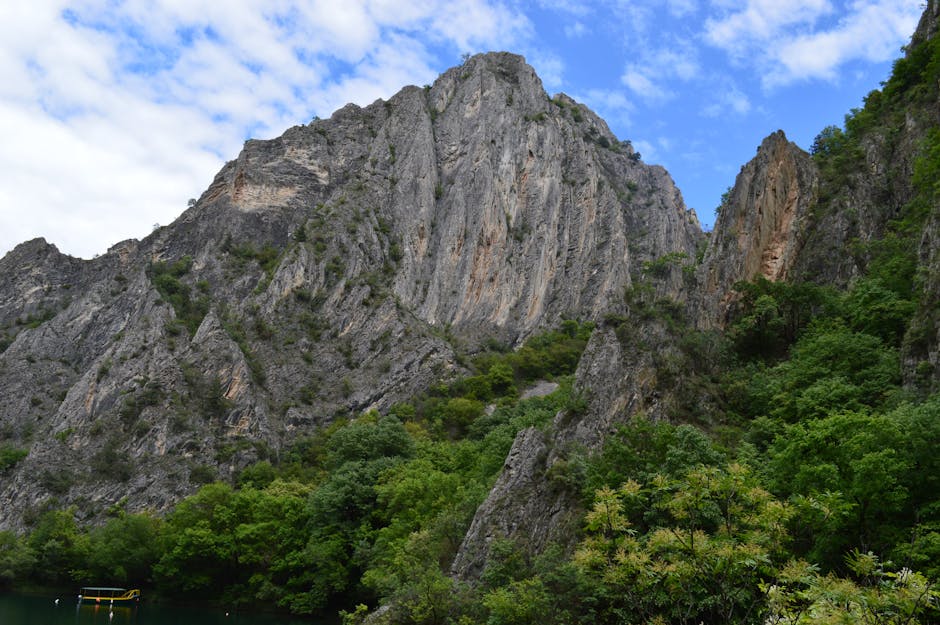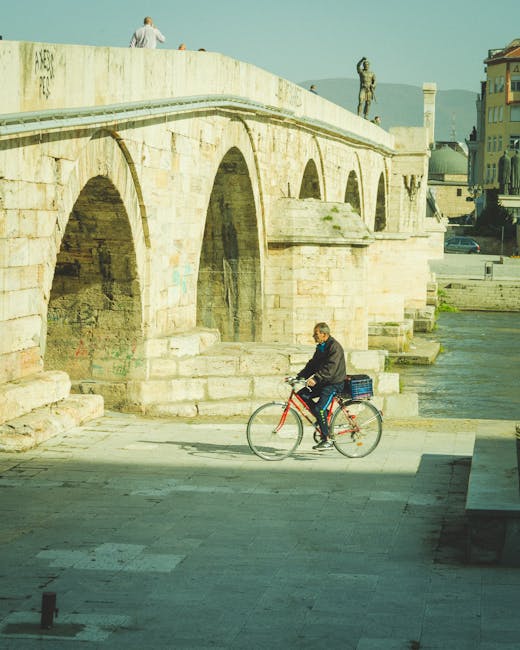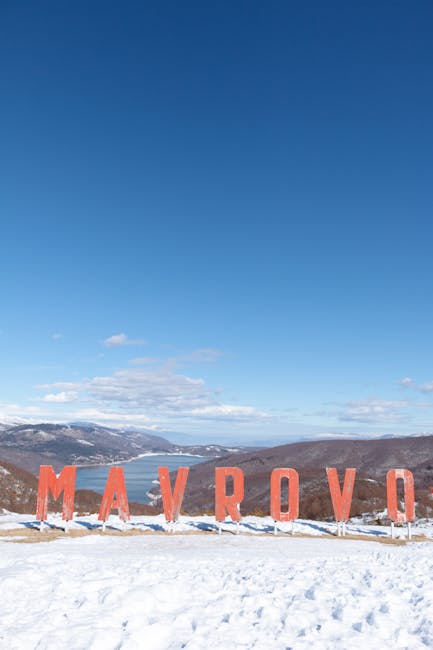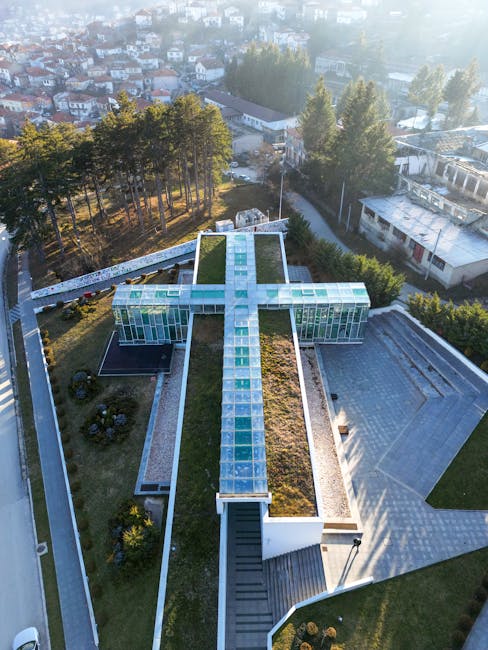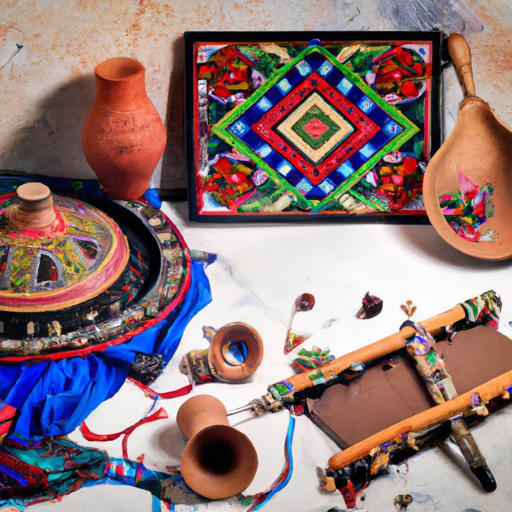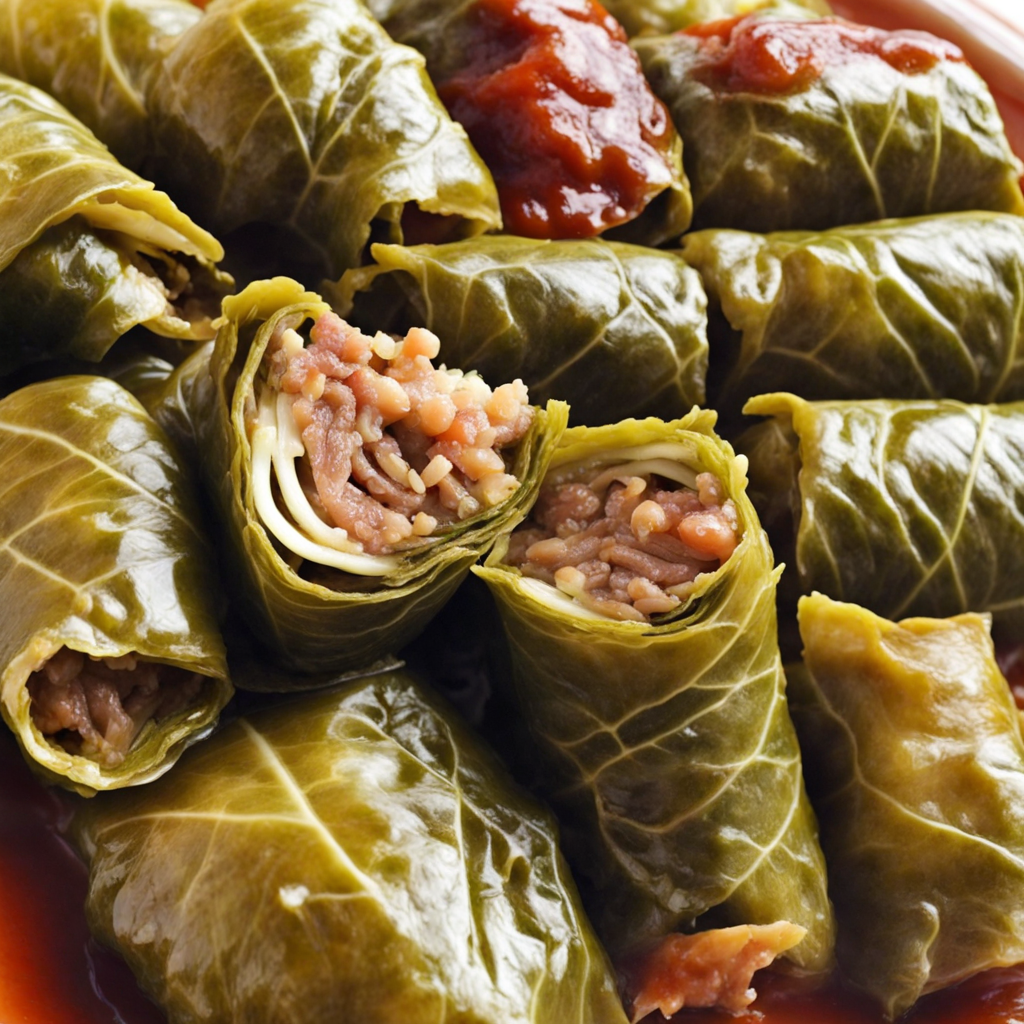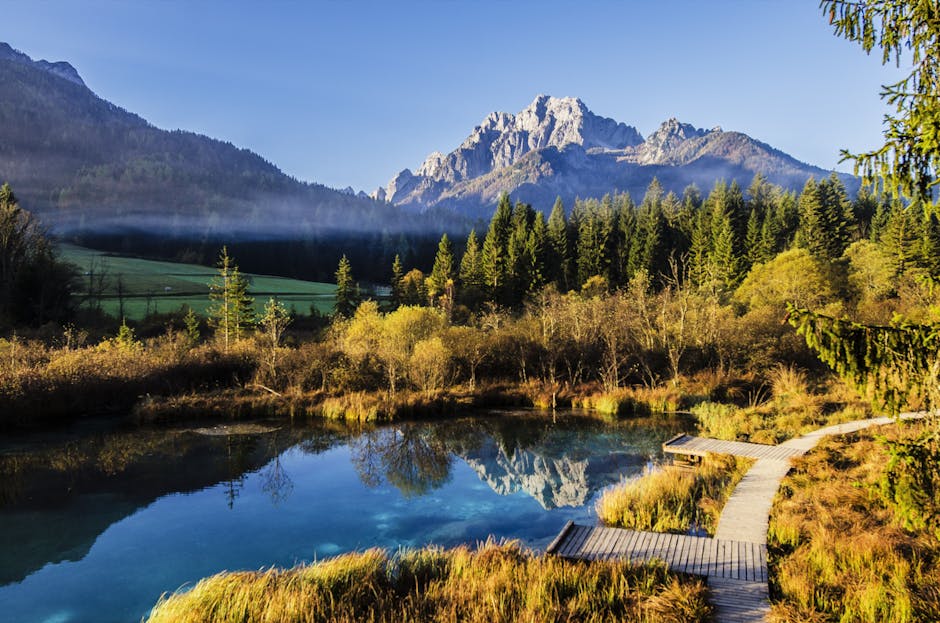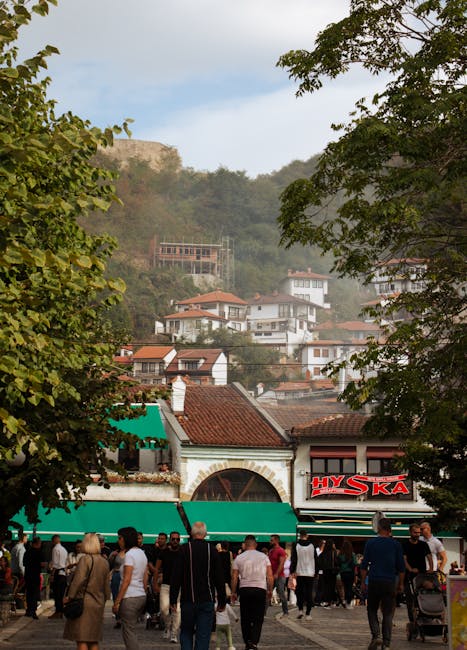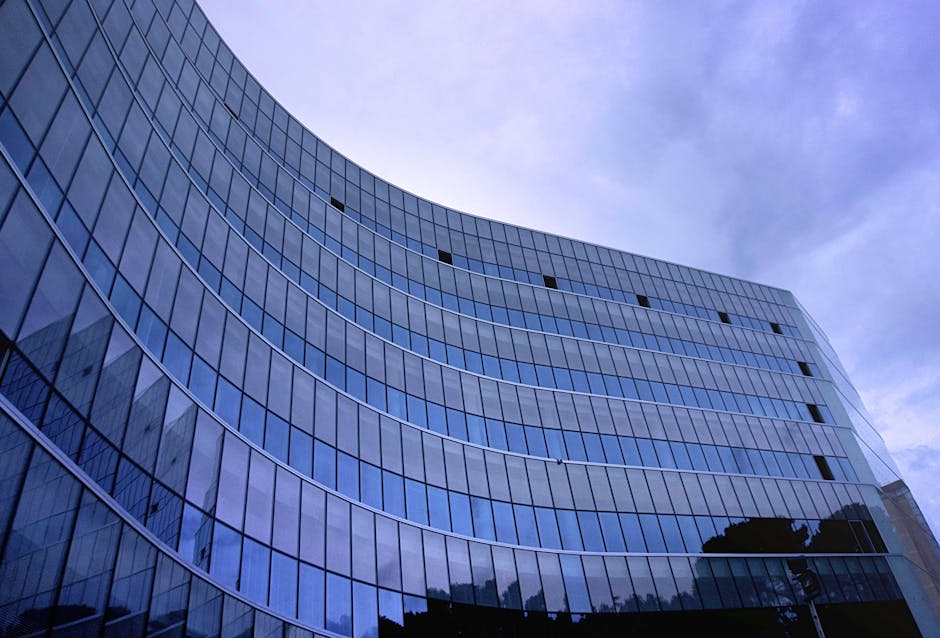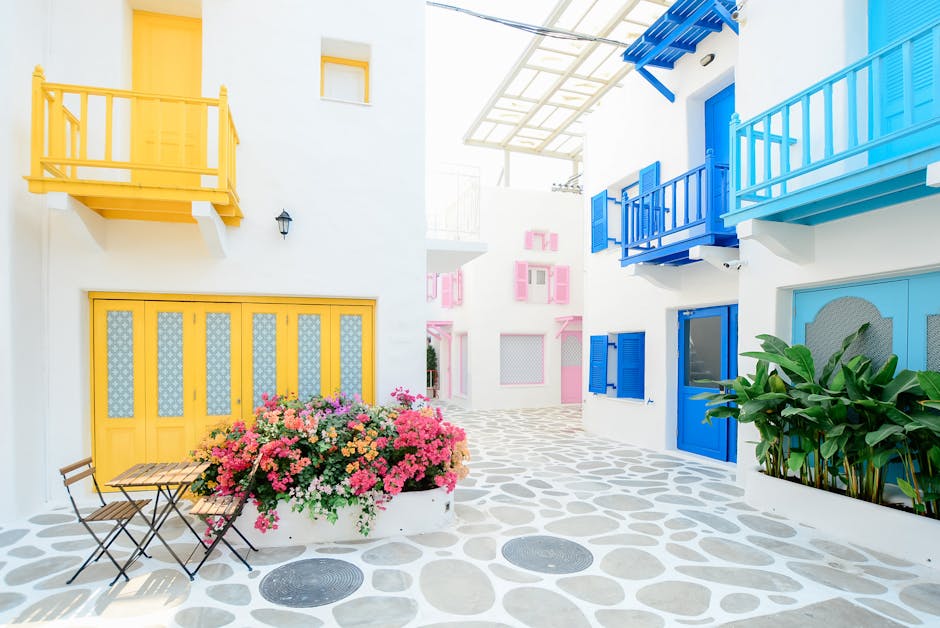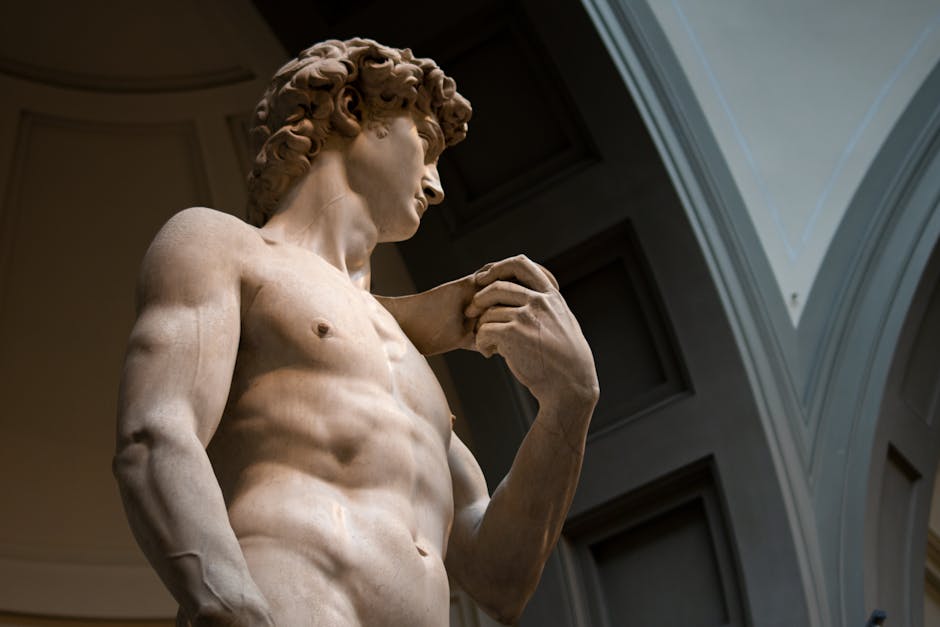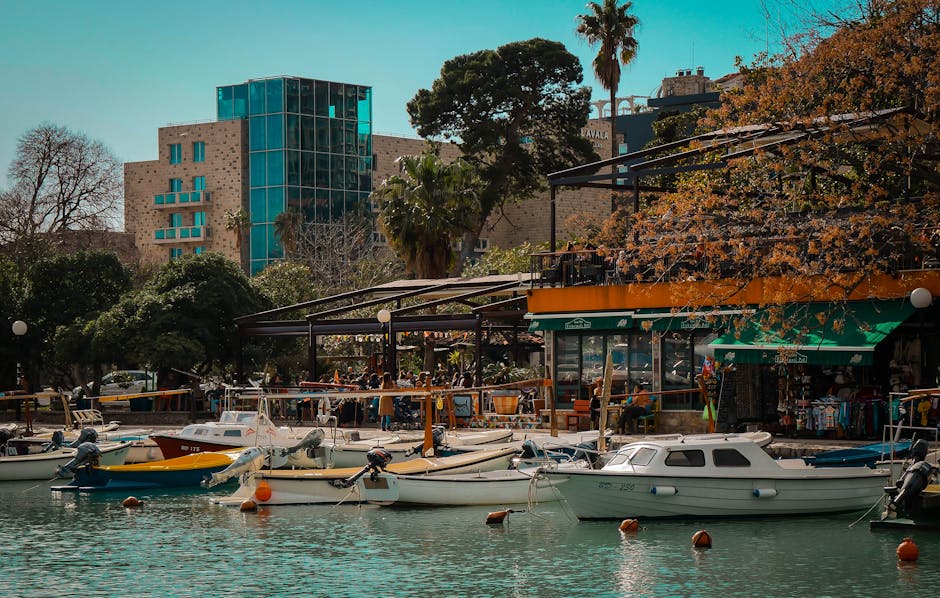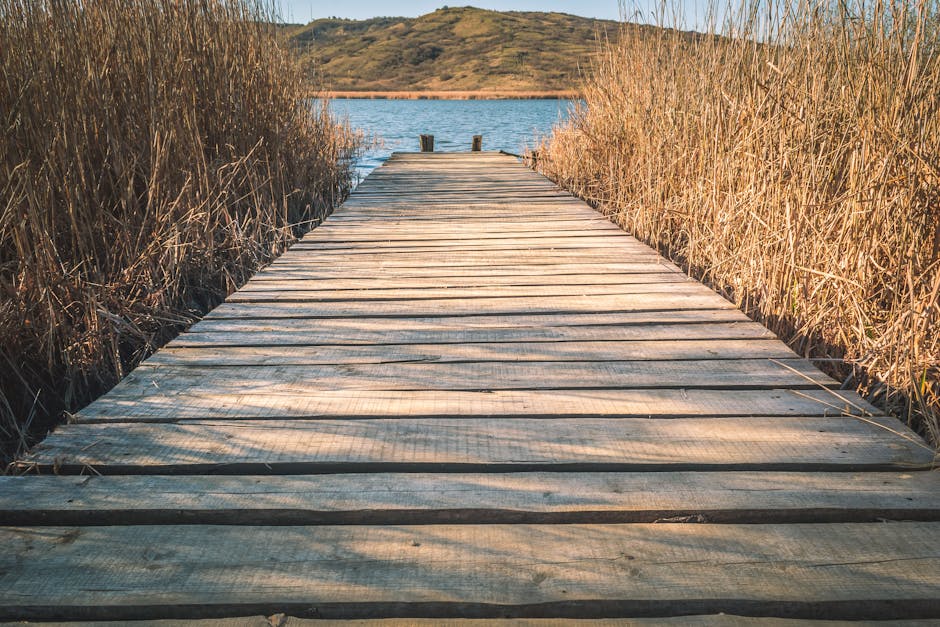North Macedonia
Overview
North Macedonia is an enchanting country nestled in the heart of the Balkan Peninsula in Southeastern Europe. It's brimming with rich history, vibrant culture, and stunning landscapes. The nation is renowned for its unique blend of Roman, Ottoman, and Byzantine influences, making it a historical and cultural treasure trove. Its vibrant music and dance, fascinating folklore, mouthwatering cuisine, and warm hospitality are some of the aspects that make North Macedonia a truly unique destination. The country also boasts beautiful natural landscapes, from the tranquil Lake Ohrid to the rugged Šar Mountains, offering a wealth of outdoor adventures.
The high season for tourism in North Macedonia is during the summer months of July and August. The weather is typically warm and sunny, with temperatures ranging from 20°C to 30°C, making it an ideal time for outdoor activities. Travelers can enjoy swimming and boating in the gorgeous Lake Ohrid, hiking in the stunning Mavrovo National Park, or exploring the picturesque old bazaars and historical sites in Skopje, the capital city. The country also hosts several music and cultural festivals during the summer, such as the Ohrid Summer Festival and the Galicnik Wedding Festival, offering an excellent opportunity to immerse yourself in the local culture.
Before visiting North Macedonia, travelers should ensure they have a valid passport. Although North Macedonia is not part of the European Union, it has a visa-free regime for EU citizens and citizens of several other countries, but it's best to check current visa requirements before you travel. You should also have travel insurance that covers medical expenses. The country's official language is Macedonian, and while English is spoken in major cities and tourist areas, it would be beneficial to learn a few basic phrases in Macedonian. Lastly, ensure you're up-to-date with routine vaccinations, and it's recommended to have a vaccination for Hepatitis A, as there's a risk from contaminated food and water.
A Glimpse into the Past
North Macedonia, a small yet captivating country in the heart of the Balkan Peninsula, boasts a rich tapestry of history, culture, and natural beauty. Its strategic location has made it a crossroads of civilizations, influencing its diverse heritage and making it a unique destination for travelers.
The history of North Macedonia dates back to ancient times, with the region being inhabited by various tribes. One of the most notable ancient civilizations was the Paeonians, known for their fierce warriors and distinct culture. However, it was the rise of Ancient Macedonia in the 4th century BCE that put this area on the historical map. This kingdom, famously ruled by Philip II and his son Alexander the Great, expanded its influence across the known world, spreading Hellenistic culture.
Travelers can explore the remnants of this glorious past in the town of Ohrid, which is a UNESCO World Heritage site. The Ohrid Lake, one of Europe's oldest and deepest lakes, is surrounded by ancient churches and monasteries, such as the Church of St. John at Kaneo and the Basilica of St. Sophia. These sites hold significant historical and spiritual importance, showcasing exquisite frescoes that date back to the early Christian period.
As the Roman Empire expanded, the region fell under its control in the 2nd century BCE. The establishment of Skopje as a prominent city during Roman times marked another important chapter in the area's history. The city was known as Scupi and served as a vital trade route connecting the East and West. Visitors to Skopje can explore the Roman Aqueduct, a fascinating remnant of this era, which is a testament to the engineering prowess of the Romans.
With the decline of the Roman Empire, the Byzantine Empire took over, and North Macedonia became a cultural and religious center of the Orthodox Christian faith. The influence of Byzantium is still evident today, especially in the architecture and art found in the region. The St. Naum Monastery, located near Ohrid, is a prime example, showcasing beautiful frescoes and stunning views of the lake.
The Ottoman Empire's arrival in the 14th century brought significant changes to the region. For over five centuries, North Macedonia was part of this vast empire, leading to a blending of cultures, languages, and traditions. The impact of Ottoman rule is particularly visible in the architecture of Skopje, where the Stone Bridge and the Old Bazaar stand as reminders of this historical period. The Old Bazaar, one of the largest in the Balkans, is a vibrant area filled with shops, cafes, and traditional crafts, making it a must-visit for travelers.
The struggle for independence in the late 19th and early 20th centuries marked a pivotal moment in North Macedonia's history. Following the Balkan Wars and World War I, the region was incorporated into the Kingdom of Serbs, Croats, and Slovenes, which later became Yugoslavia. This period saw significant changes in governance and cultural identity, culminating in the establishment of the People's Republic of Macedonia within Yugoslavia after World War II.
The National Museum of North Macedonia in Skopje provides visitors with insights into this tumultuous period, showcasing artifacts from various eras, including the prehistoric, medieval, and modern periods. Additionally, the museum features exhibitions on the country's struggle for identity and independence.
The 1990s were marked by the breakup of Yugoslavia, leading North Macedonia to declare independence in 1991. However, this move was met with challenges, including a protracted dispute with Greece over the name "Macedonia." The resolution of this issue came in 2018 with the signing of the Prespa Agreement, leading to the country's official name change to North Macedonia. This agreement paved the way for improved relations and integration into international organizations.
Today, North Macedonia is a candidate for EU membership and continues to develop its tourism sector. The capital city, Skopje, has undergone significant modernization while retaining its historical charm. A visit to the Macedonia Square, where the colossal statue of Alexander the Great stands, exemplifies the blend of ancient history and contemporary aspirations.
For nature enthusiasts, the country offers breathtaking landscapes, including the Mavrovo National Park, home to stunning mountains, pristine lakes, and diverse wildlife. The park is perfect for hiking, skiing, and exploring charming villages like Jance and Galichnik, known for their traditional architecture and cultural festivals.
Another remarkable destination is the Kokino archaeological site, an ancient observatory that dates back to the 4th millennium BCE. Recognized by NASA as one of the oldest observatories in the world, Kokino provides a glimpse into the astronomical knowledge of early civilizations.
The vibrant cultural scene in North Macedonia is another aspect that travelers should not miss. Traditional music and dance play a crucial role in the country's cultural identity, with festivals celebrating folklore and contemporary art throughout the year. The Ohrid Summer Festival is a highlight, featuring performances of classical music and theater against the backdrop of the stunning Ohrid Lake.
Moreover, the gastronomy of North Macedonia is a delightful experience for visitors. The cuisine reflects a blend of Mediterranean and Balkan influences, with dishes like tavče gravče (baked beans) and ajvar (pepper-based condiment) being local favorites. Exploring local markets and trying regional wines, particularly from the Tikveš wine region, can enhance any travel experience.
North Macedonia's history is deeply intertwined with its landscapes, culture, and people. From the ancient ruins of Heraclea Lyncestis to the vibrant streets of Skopje, every corner of this country tells a story. As it continues to develop its identity on the world stage, North Macedonia offers a unique travel experience that combines historical exploration with natural beauty and rich cultural heritage.
Top cities for tourists in North Macedonia
Discover the Famous Cities That Might Captivate Your Interests
Must-Try Foods You Can't Afford to Miss
Indulge in a Variety of Fantastic Foods During Your Stay in North Macedonia
May Be Your Next Destinations
People often choose these countries as their next destination


